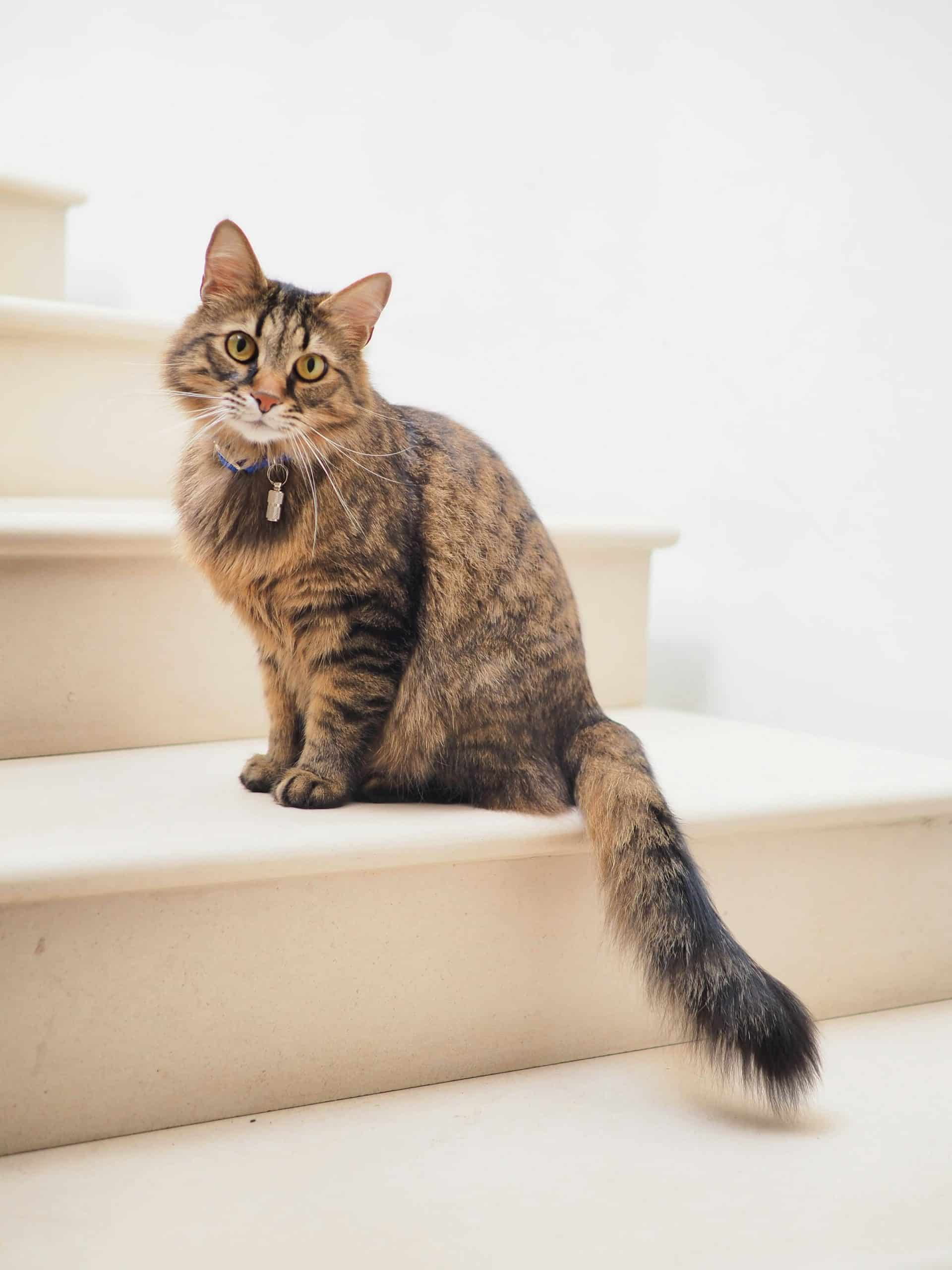Can You Train a Cat to Perform Agility Tasks Comparable to Dogs?

For many, the image of a cat sprinting through an agility course, just as a dog would do, might seem rather unrealistic. After all, cats are notorious for their independent and sometimes aloof demeanors, a stark contrast to the eager-to-please nature most commonly associated with dogs. However, those of you who have spent time around both dogs and cats will know that it’s not that simple. Cats can be just as eager to work, learn, and engage in play as dogs, albeit in their unique feline way.
This article aims to explore the possibility of training a cat in agility tasks comparable to dogs. You might wonder if the phrase "herding cats" will find relevance here, but let’s dive in and see.
Avez-vous vu cela : What Are the Best Species to Consider for a Coldwater Marine Aquarium?
Training Cats vs. Dogs: An Overview
Before we delve into the specifics of cat agility training, it’s crucial to understand the fundamental behavioral differences between cats and dogs. Dogs, as pack animals, are hardwired to work in cohesion with their human counterparts. Training a dog often hinges on this instinctual need for pack hierarchy and pleasing their human ‘pack leader’. Conversely, cats are solitary hunters who value their independence. Therefore, successful cat training relies on a markedly different approach than dog training, one that appeals to their natural instincts and preferences.
This is not to suggest that cats cannot be trained. In fact, cats can be taught a variety of commands and tricks, including agility tasks. The key is to find the right incentives and to work within the cat’s comfort zone. Patience is essential, as cats may take more time to learn new commands compared to dogs.
A lire aussi : How to Structure a Therapeutic Exercise Program for a Dog Recovering from Knee Surgery?
The Benefits of Agility Training for Cats
Agility training offers numerous benefits for both cats and their owners. The American Kennel Club (AKC), known for its dog agility competitions, also acknowledges the benefits of cat agility training. Similarly, organizations like the American Association of Retired Persons (AARP) highlight the benefit of agility training for older pet owners, promoting physical activity and mental stimulation.
Firstly, agility training can significantly improve a cat’s health. Regular training helps maintain a healthy weight, strengthens muscles, and improves cardiovascular health. It also provides mental stimulation, which can help prevent behavioral issues and improve overall quality of life.
Moreover, agility training can strengthen the bond between you and your cat, bolstering mutual trust and understanding. It’s a fun, interactive way to spend time with your pet that goes beyond the typical feeding and grooming routine.
Setting Up a Cat Agility Course
Creating an agility course for your cat doesn’t have to be complicated or expensive. A basic course will consist of several obstacles, such as tunnels, hoops, and poles. The obstacles should be arranged in a way that encourages your cat to run, jump, and change direction. Keep in mind, the course should be safe and suitable for your cat’s age and health condition.
Initially, your cat may be hesitant to approach the course. Allow them the freedom to explore at their own pace, rewarding any interaction with the obstacles using a favorite treat or toy. Gradually, you can start guiding your cat through the course, using a lure or pointer. Remember, patience and positive reinforcement are key during this stage.
How to Train Your Cat for Agility
Now that we’ve established cats can indeed be trained for agility tasks, the question is how. Training your cat for agility will require time, patience, and consistent positive reinforcement.
Start with simple tasks—like jumping through a hoop or walking through a tunnel—and gradually increase the complexity as your cat becomes more confident. Use a pointer or a favorite toy to guide your cat through the course, rewarding them with a treat for successfully completing a task. Repeat this process consistently, and over time, your cat will begin to associate their actions with rewards, eventually performing the tasks without the need for a lure.
However, remember that cats, by nature, are more independent than dogs. They may not respond to training in the same way or at the same pace as dogs. Some days, your cat may seem uninterested in training, and that’s perfectly fine. The goal is to make agility training a fun and enriching experience for your cat, not a chore or a source of stress.
In conclusion, while it may require a bit more patience and creativity compared to dog training, cat agility training is indeed possible—beneficial even. It provides an excellent opportunity for physical exercise, mental stimulation, and quality bonding time with your feline friend. Therefore, it’s certainly worth a try. With the right approach, you might just find that cats are as agile and trainable as dogs, in their own unique ways.
Training Techniques: Clicker Training, Scent Work, and Food Rewards
Wouldn’t it be exciting to have your cat follow your command, or see them sprint through an obstacle course as smoothly as dogs trained for agility? This is not a far-fetched dream. With the right techniques, patience, and a little bit of feline-friendly creativity, you can train your cat to perform impressive agility tasks.
One such technique is clicker training. This method uses a small device that emits a distinct click sound. The sound is used to mark the exact moment when the cat performs a desired behavior, followed by a food reward. Over time, cats will associate the click sound with their successful performance and the subsequent treat, making it a powerful tool for training.
Another technique is scent work. Cats have a strong sense of smell, and you can use this to your advantage by incorporating scent work into agility training. For instance, you can apply a bit of catnip or a scent your cat loves on different obstacles in the agility course. This way, your cat will be drawn to explore and interact with the course, thereby improving their agility skills.
Food rewards, as mentioned earlier, are a crucial component of cat training. Unlike dogs, cats are not usually motivated by praise or petting. Instead, they respond better to tangible rewards, like their favorite treats. When your cat successfully completes a task, immediately reward them with a treat. This will reinforce the positive association between the task and the reward, encouraging your cat to repeat the task in the future.
Remember, while training your cat, it’s essential to respect their independence and individual personality. Cats are not pack animals like dogs. They won’t respond positively to force or harsh commands. Keep training sessions short, fun, and stress-free for the best results.
Health and Wellness Considerations in Cat Agility Training
Training your cat in agility tasks is not just about teaching them to jump through hoops or sprint down a tunnel. Instead, it’s a comprehensive approach to improve their health and wellness. However, it’s crucial to consider your cat’s individual health status before starting any training regimen.
If your cat is overweight, agility training can be a great way to help them lose weight and improve their overall health. Similarly, if your cat seems bored or lethargic, agility training can provide the mental stimulation they need to perk up. However, for older cats or cats with health issues, you need to be careful. Always consult your vet before starting any new training or exercise regimen.
Another essential aspect to keep in mind is litter box training. Agility training can sometimes lead to increased energy levels, which can in turn lead to more frequent trips to the litter box. Always ensure your cat is well-trained in using the litter box and that it is kept clean and easily accessible.
In conclusion, cat agility training is not a myth. It’s possible to train cats to perform tasks comparable to dogs, and it’s beneficial for both the cat and the owner. It requires patience, creativity, and a deep understanding of your cat’s unique personality and preferences. So, why not give it a try? With the right techniques and mindset, you may find your cat surprising you with their agility skills and willingness to learn. After all, our feline friends are full of surprises!
